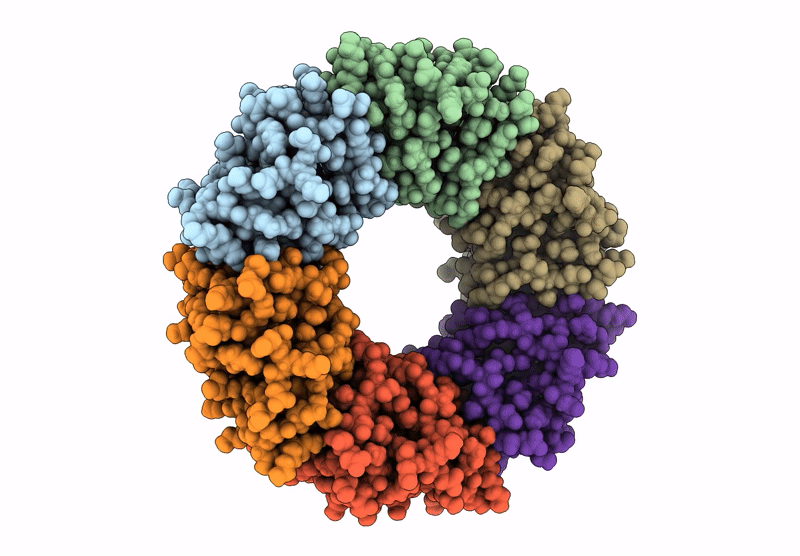
Deposition Date
2024-04-12
Release Date
2025-01-22
Last Version Date
2025-01-22
Entry Detail
PDB ID:
9BDS
Keywords:
Title:
Alkalihalobacillus halodurans (Aha) trp RNA binding attenuation protein (TRAP) mutant dTRAP with Trp
Biological Source:
Source Organism:
Halalkalibacterium halodurans (Taxon ID: 86665)
Host Organism:
Method Details:
Experimental Method:
Resolution:
3.60 Å
Aggregation State:
PARTICLE
Reconstruction Method:
SINGLE PARTICLE


